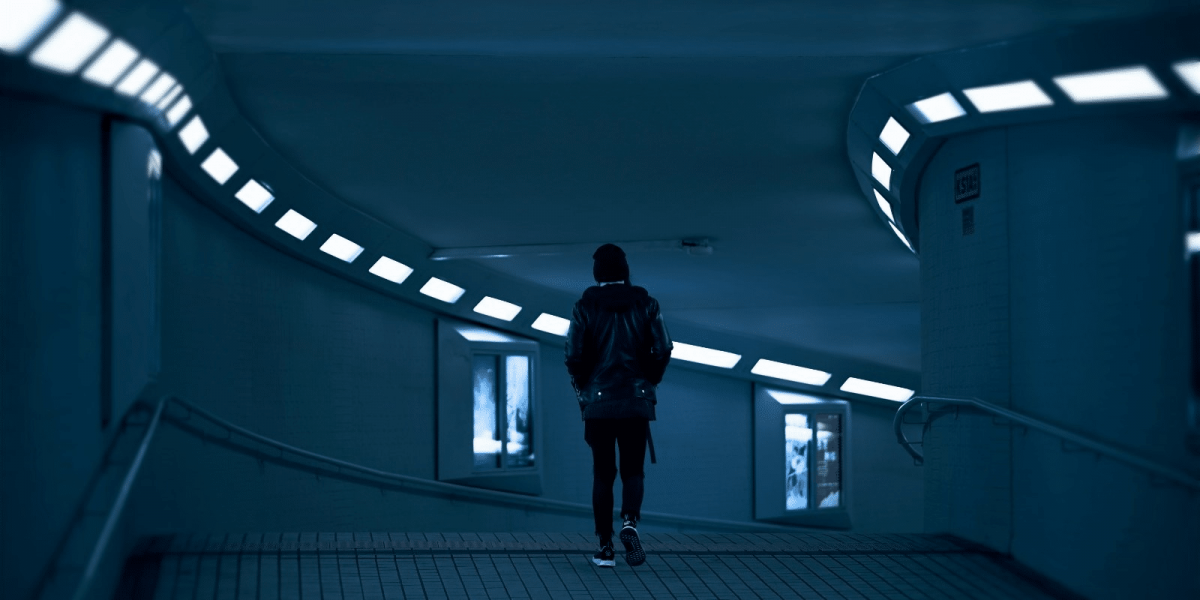Isolation shots are a powerful cinematic technique used to focus the viewer’s attention on a single subject or object within a scene. Whether it’s a close-up of a character’s face, a lone figure standing in a vast landscape, or an object of significance, isolation shots can evoke emotion, create tension, and convey meaning in a visual storytelling medium. In this article, we’ll explore how to improve isolation shots in movies and enhance their impact on the audience.
Understand the Purpose of Isolation Shots
Before diving into the technical aspects of isolation shots, it’s essential to understand their purpose within the context of storytelling. Isolation shots are often used to highlight key moments, emotions, or themes in a film. They can create a sense of intimacy, vulnerability, or isolation for the character or object being portrayed. By understanding the purpose of each isolation shot within your film, you can better frame and execute the shot to achieve the desired effect.
Choose the Right Subject
The success of an isolation shot often hinges on selecting the right subject or object to isolate. Whether it’s a character’s face, a prop, or a particular element within the frame, the subject should be visually compelling and relevant to the story. Consider how the subject will contribute to the overall narrative and emotional impact of the scene. Isolating a subject that conveys emotion or significance can elevate the impact of the shot and draw the viewer’s attention more effectively.
Pay Attention to Composition
Composition plays a crucial role in the effectiveness of isolation shots. Consider the placement of the subject within the frame, the use of negative space, and the overall balance of the shot. Experiment with different angles, perspectives, and framing techniques to create visual interest and emphasis. Keep in mind the rule of thirds, leading lines, and other compositional principles to guide the viewer’s eye towards the isolated subject and create a visually appealing shot.
Control Depth of Field
One of the most effective ways to isolate a subject within a shot is by controlling the depth of field. By using a shallow depth of field, you can blur the background and foreground elements, drawing the viewer’s attention directly to the isolated subject. Experiment with different aperture settings to achieve the desired level of blur and focus. Pay attention to the distance between the subject and the camera, as well as the focal length of the lens, to maximize the effect of the shallow depth of field.
Use Lighting to Enhance Mood
Lighting can have a significant impact on the mood and atmosphere of isolation shots. Experiment with different lighting techniques, such as soft lighting, dramatic lighting, or chiaroscuro lighting, to evoke emotion and enhance the visual impact of the shot. Consider the direction, intensity, and color temperature of the light sources to create the desired mood and ambiance. Use light and shadow to sculpt the subject and create depth within the frame, further emphasizing its isolation.
Incorporate Movement and Dynamics
While isolation shots typically focus on stationary subjects or objects, incorporating subtle movement and dynamics can add visual interest and depth to the shot. Experiment with camera movement, such as dolly shots, tracking shots, or subtle pans, to create a sense of movement and energy within the frame. Consider how the movement of the camera can complement or contrast with the isolated subject, enhancing its impact and significance within the scene.
Edit with Precision
In post-production, editing plays a crucial role in refining and enhancing isolation shots. Pay attention to the pacing, timing, and duration of each shot to maximize its impact on the audience. Use editing techniques such as slow motion, time-lapse, or freeze frames to create visual emphasis and add dramatic effect. Experiment with color grading, contrast, and saturation to enhance the mood and atmosphere of the shot, further emphasizing the isolation of the subject.
Seek Feedback and Refine
Finally, don’t be afraid to seek feedback from colleagues, mentors, or test audiences to refine and improve your isolation shots. Solicit constructive criticism and take note of any suggestions or observations that can help enhance the effectiveness of the shots. Keep an open mind and be willing to experiment and iterate until you achieve the desired visual impact and emotional resonance.
Elevating Your Storytelling
Mastering isolation shots requires a combination of technical skill, artistic vision, and storytelling savvy. By understanding the purpose of each isolation shot, choosing the right subject, paying attention to composition, controlling depth of field, using lighting to enhance mood, incorporating movement and dynamics, editing with precision, and seeking feedback and refinement, you can improve the effectiveness of isolation shots in your movies and enhance their impact on the audience. With practice and experimentation, you can elevate the visual storytelling experience and create memorable and compelling cinematic moments that resonate with viewers long after the credits roll.







